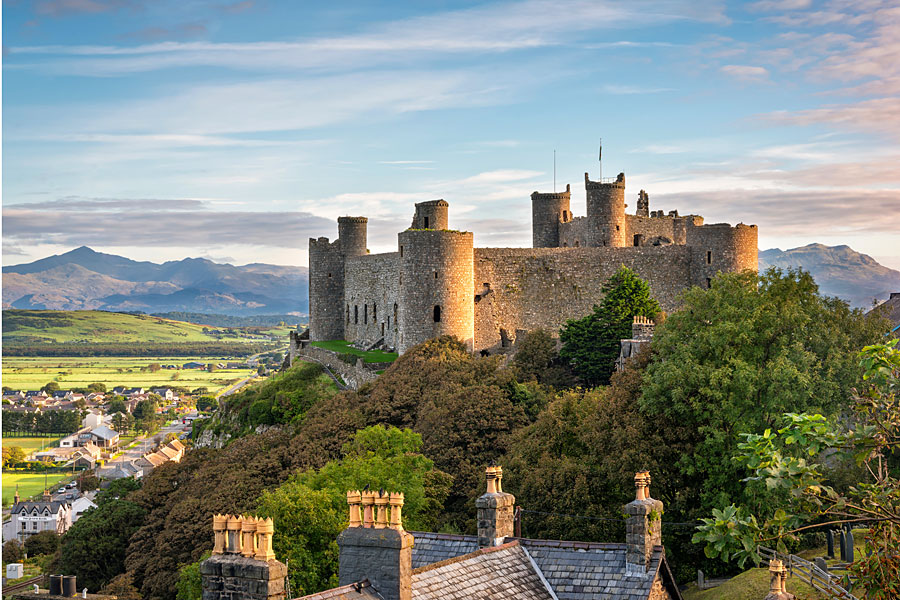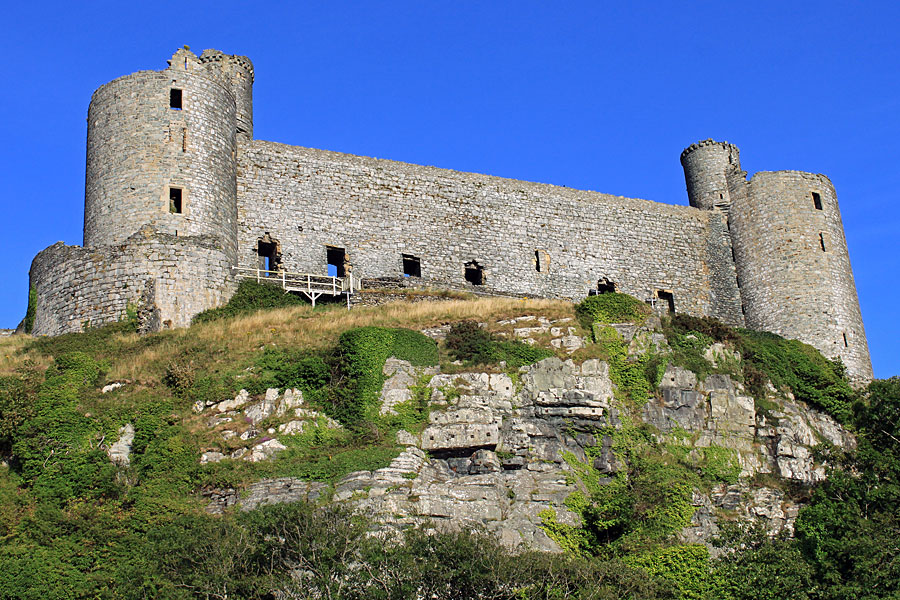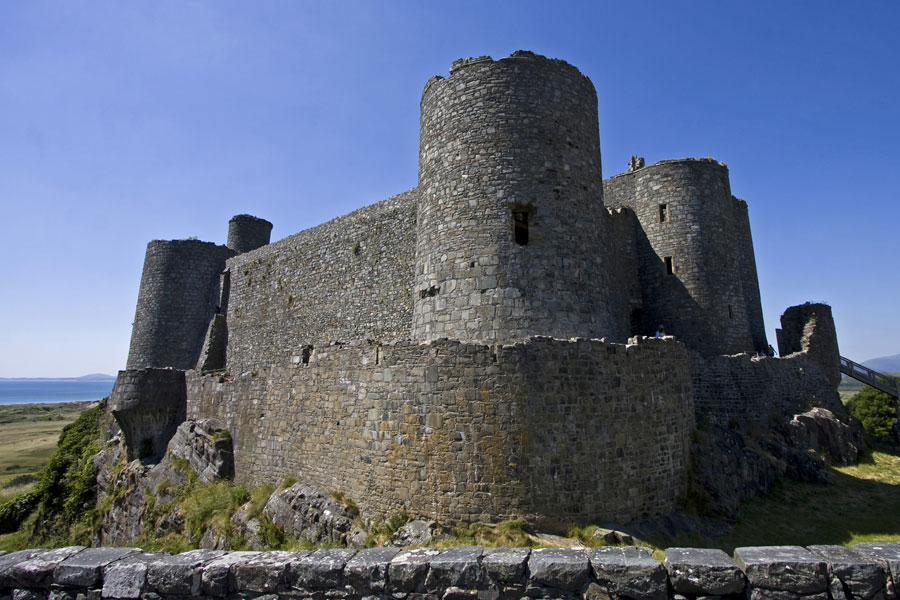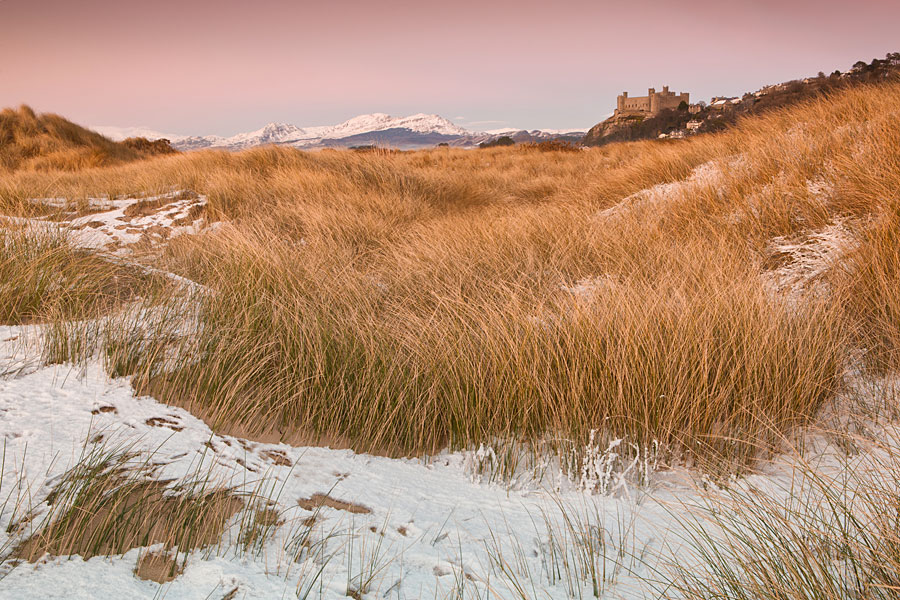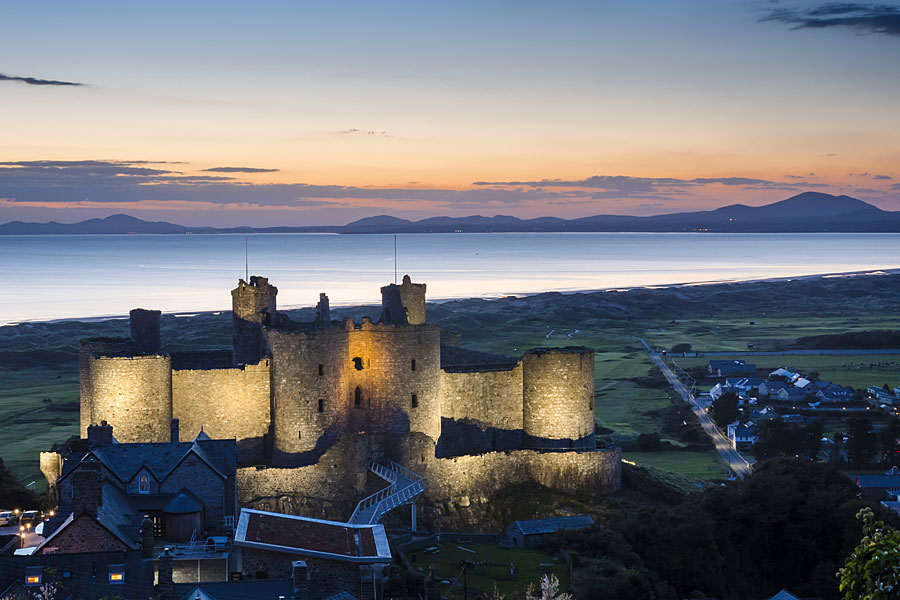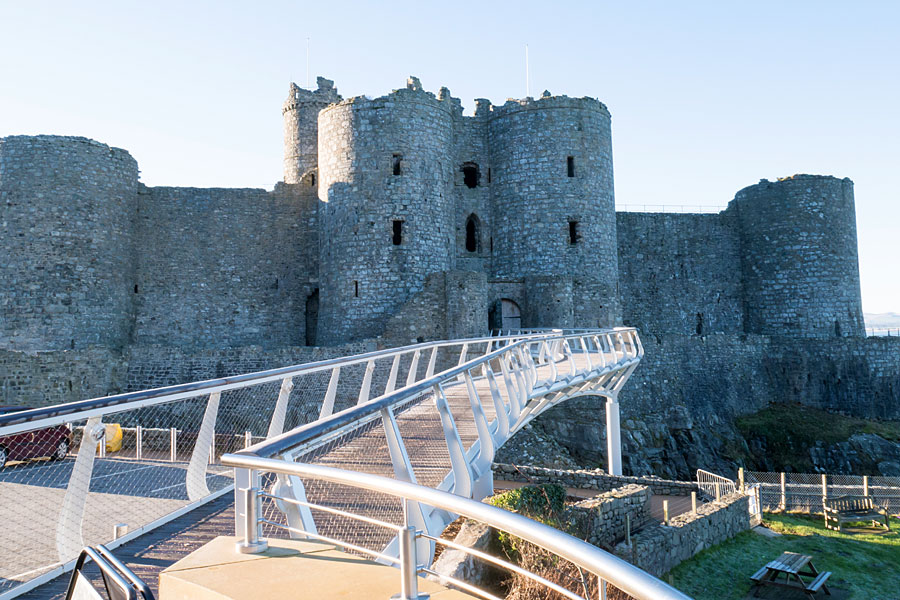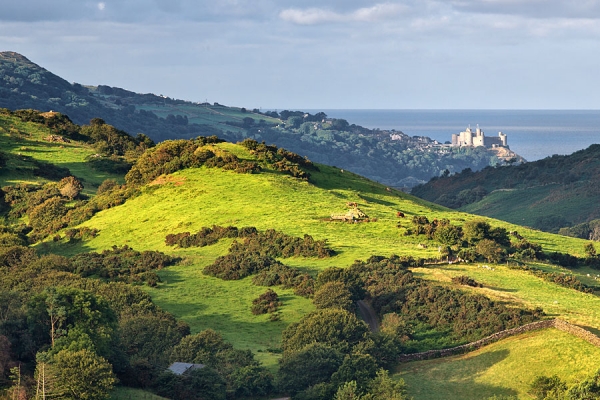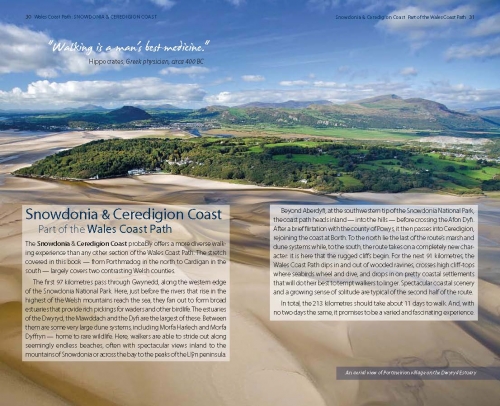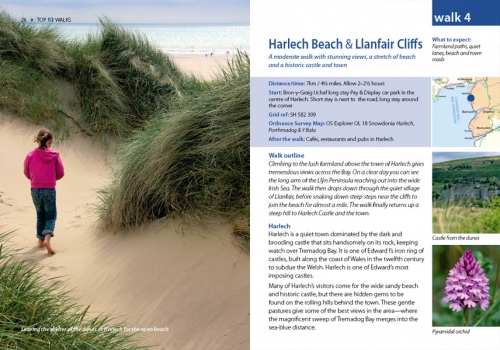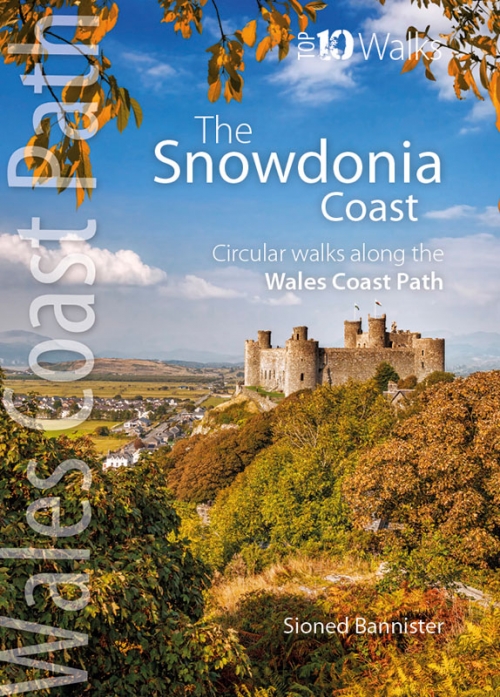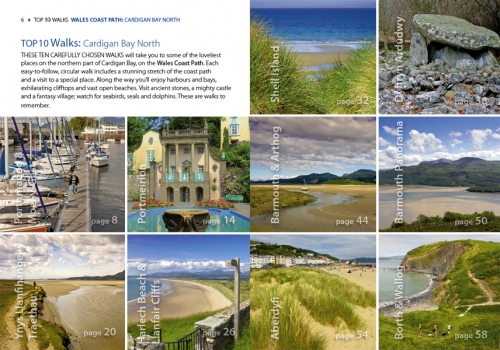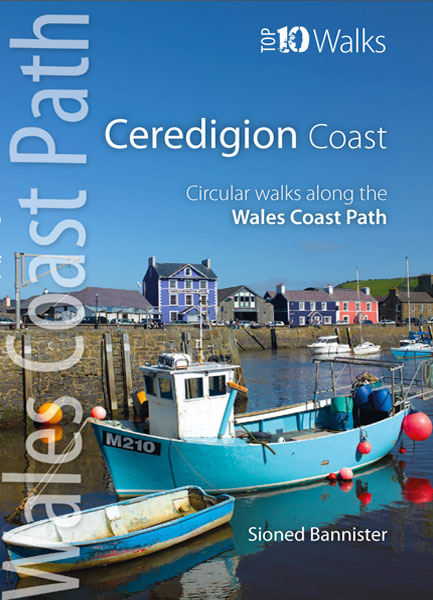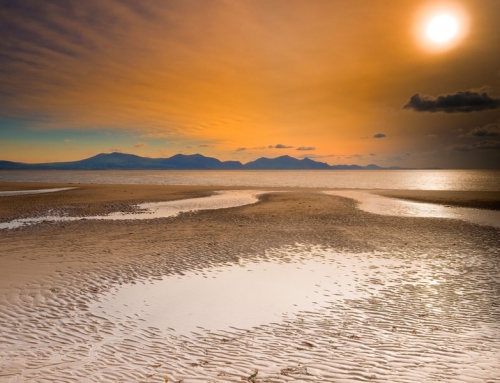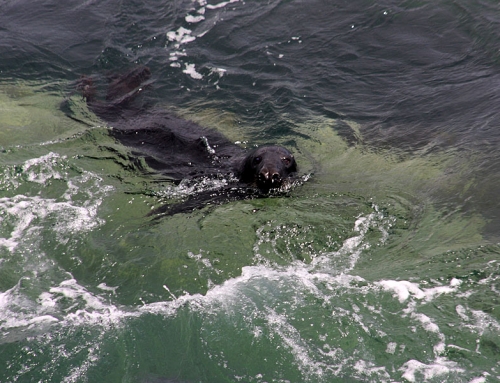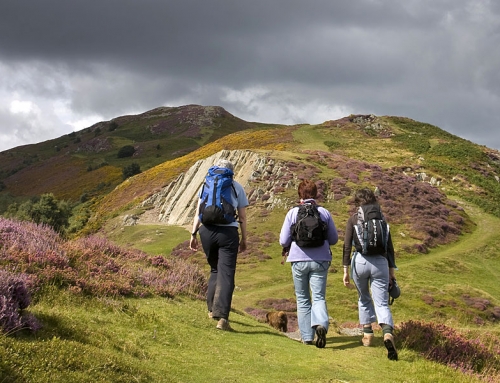High on its crag, Harlech Castle dominates the mid-Wales coast
Harlech Castle has watched over the unspoilt Ceredigion coast for more than 700 years. Sioned Bannister delves into the history of one of Wales’ finest medieval fortresses
THE YEAR IS 1272. AFTER DECADES OF CIVIL WAR AND UNREST, ENGAND IS IN TURMOIL. The aristocracy are battling over land rights and the peasants are sensing unrest. A new king, Edward I, has just come to the throne and he is determined to restore peace; he plans to begin by dealing with England’s most troublesome neighbour, Wales.
Tensions between the king of England and Welsh rebels had been brewing for years, and by 1277 Edward could stand it no longer. Goaded by the Welsh Prince Llywelyn ap Gruffudd, who was gradually claiming more and more land towards the English border, Edward not only invaded Llywelyn’s territory but came up with a grand and costly plan in a bid to control the unruly Welsh army. Castles!
He would build great fortresses, designed to subdue the rebels and remind them of the power of their new English rulers. The plan worked; by 1284 Wales was officially incorporated into England and Llywelyn head been killed in battle.
Known as Edward’s “Iron Ring”, the most prominent castles were built at key positions along the Welsh coast. They are more than 700 years old and have survived countless battles and brutal attacks and most have aged extraordinarily well. They are fine examples of groundbreaking medieval castle architecture and of Edward I’s determination to assert his authority over the Welsh.
Known as Edward’s “Iron Ring”, prominent castles were built at key positions along the Welsh coast. They are more than 700 years old and have survived countless sieges and attacks but most have aged extraordinarily well.
Medieval might
And one of the finest of Edward’s castles is in the pretty coastal town of Harlech, along the northern edge of Cardigan Bay. It took seven years and 1,000 men to finish the build; it was completed in 1290 at a staggering cost of £8,000 (a figure of well over £6 million in today’s money), and it is recognised as one of the designing architect’s, James of Saint George, finest creations.
But, it wasn’t long before the castle came under attack and its defences were put to the test in 1294, when Welsh rebels attempted an assault. The castle military soon saw off the attackers, but it was a different story a hundred years later when it was captured by Owain Glyndŵr, the Welsh freedom fighter.
Owain Glyndŵr is one of the best known Welsh princes, and indeed, was the last native Welshman to hold the title of Prince of Wales. He instigated a Welsh revolt against the rule of King Henry IV in 1400, and at first, the uprising was hugely successful – Glyndŵr’s army made huge progress in gaining control of much of Northern and Mid Wales. By 1403, news of Glyndŵr’s battle had spread and native Welshmen returned from across Britain to join his army. By 1404, and after a bloody battle, Glyndŵr had captured Harlech castle from the English King and it became his home and headquarters for four years, before being reclaimed when Glyndŵr’s campaign fell apart.
Siege and surrender
In the years that followed, Harlech castle was involved in the English Civil Wars of the 15th and 17th centuries. In 1647 it was the last royal fortress to surrender and the battle marked the beginning of the end of the Civil War. Soon afterwards parliament ordered the castle’s destruction so that it could not be used by the Royalists and by the turn of the 18th century Harlech’s mighty castle was more of a crumbling wreck.
As peace spread across Britain, the castle was neglected and left to ruin until it was taken under the wing of Cadw, the historic and preservation department of the Welsh Government. The castle (along with Beaumaris, Caernarfon and Conwy) was designated a World Heritage Site in 1986 as UNESCO labelled the sites as some of the most important examples of 13th and 14th century military architecture in Europe.
Today, Harlech Castle stands fiercely proud on its high, rocky look-out, having gallantly survived the merciless coastal winds, as well as fending off assaults by angry Welsh rebels. It is a great testament to Edward’s determination, but also an ever present reminder of Wales’ long standing struggle against English domination.
This article first appeared in Welsh Coast magazine in the March issue 2015, and is re-published here with the author’s permission. Copyright © Sioned Bannister 2010. All rights reserved.
Sioned Bannister is a freelance outdoor writer, with a particular love for Wales and the Welsh coast. She has been a regular contributor to UK and Welsh magazines for many years. She is also a member of the Outdoor Writers and Photographers Guild and available for commissions.
Contact: sionedee@hotmail.com
Books and maps for this part of the coast

